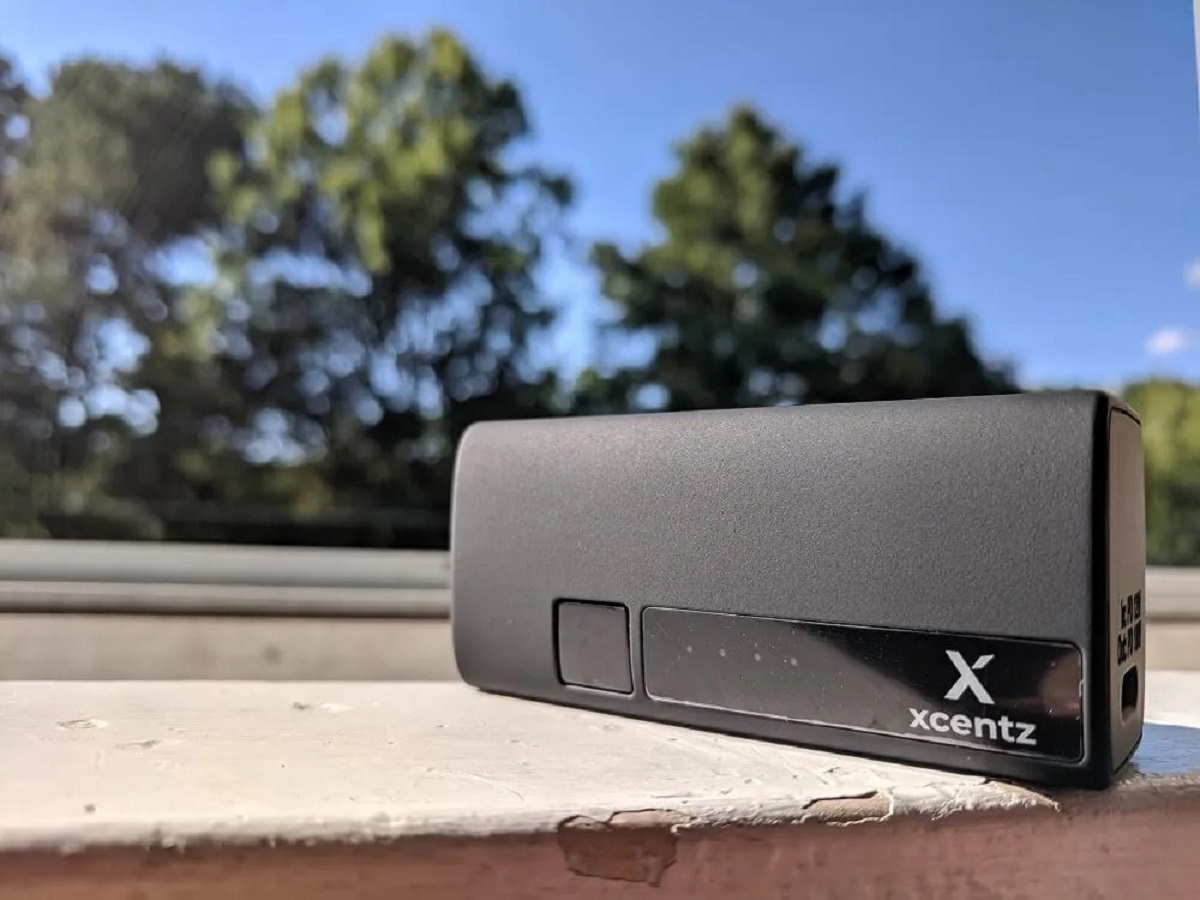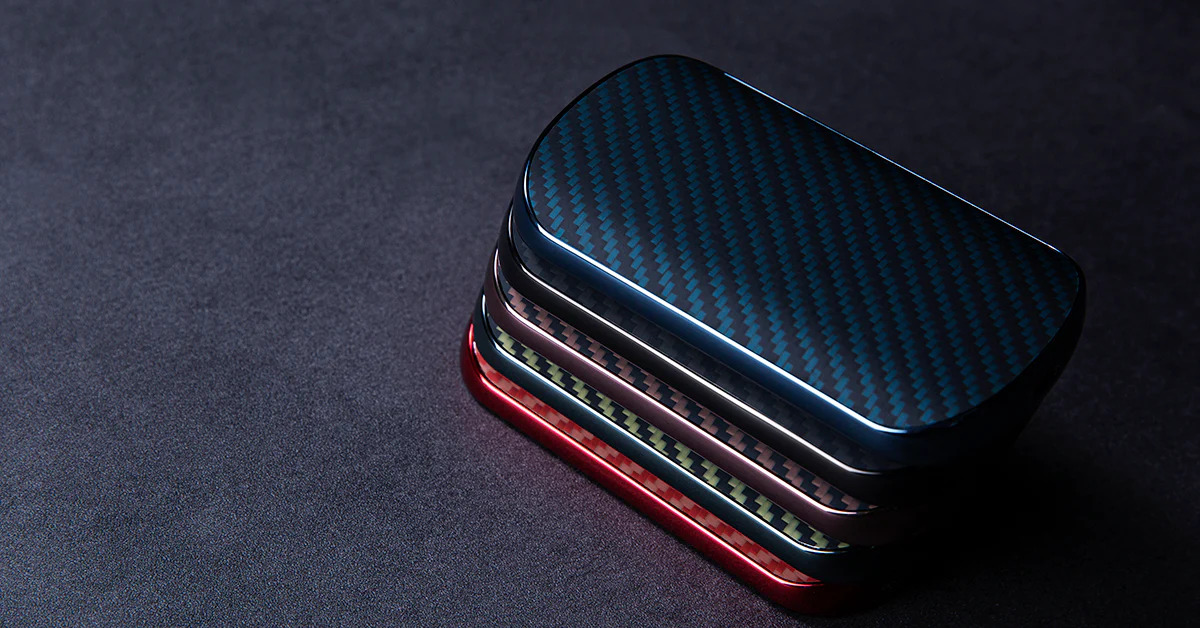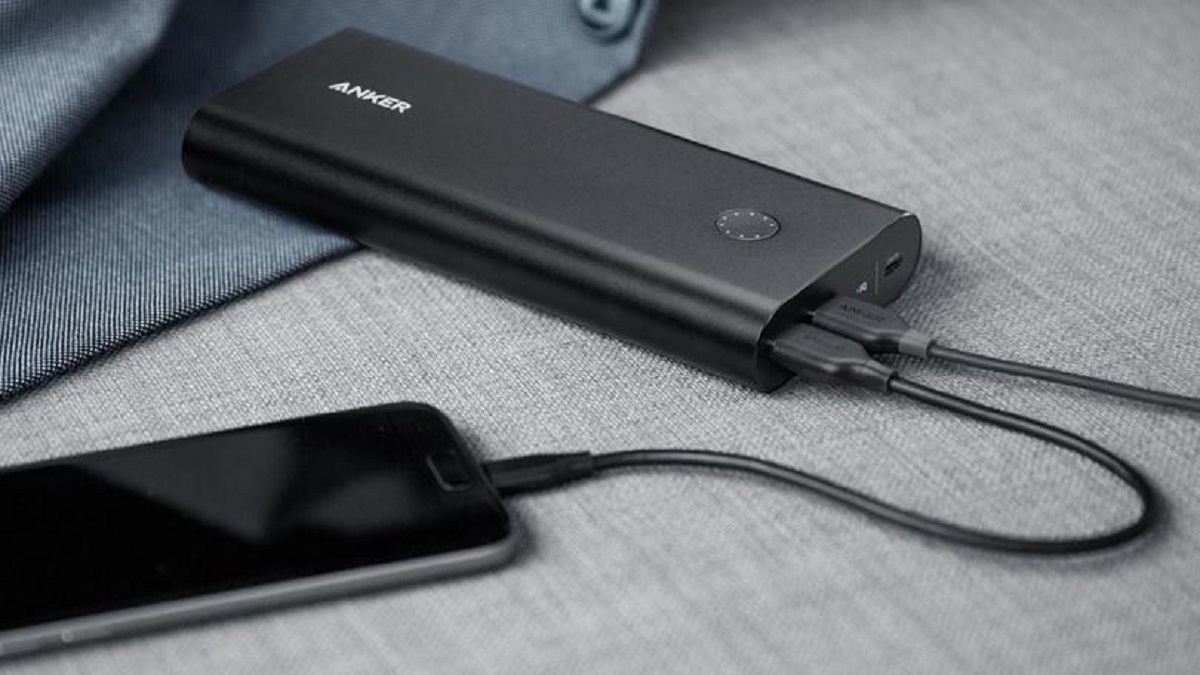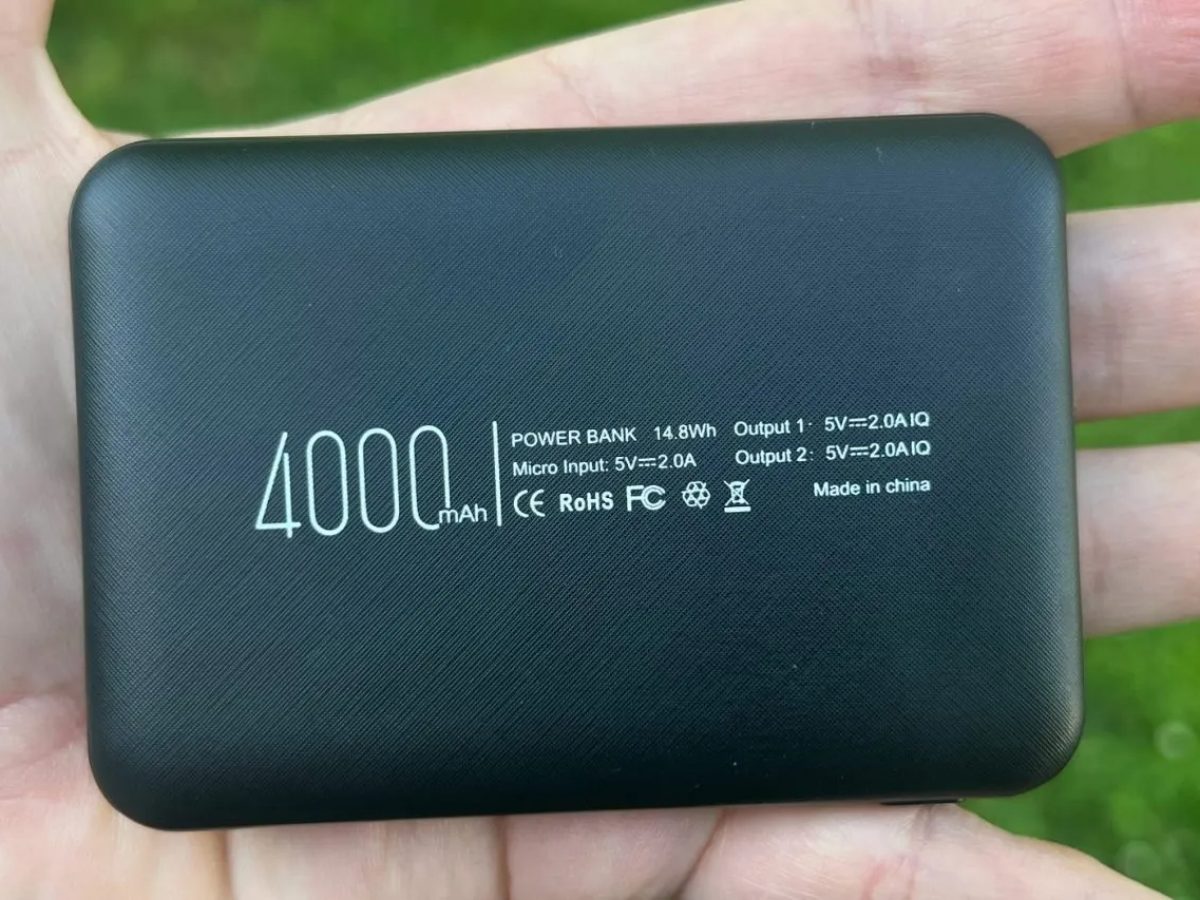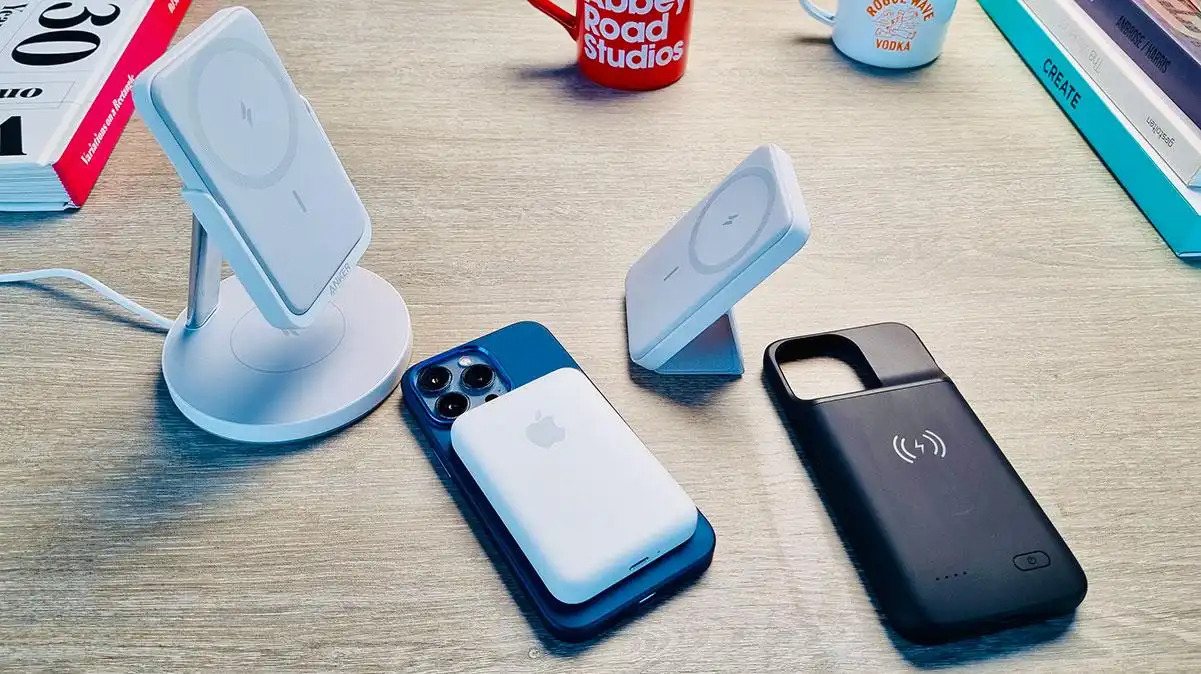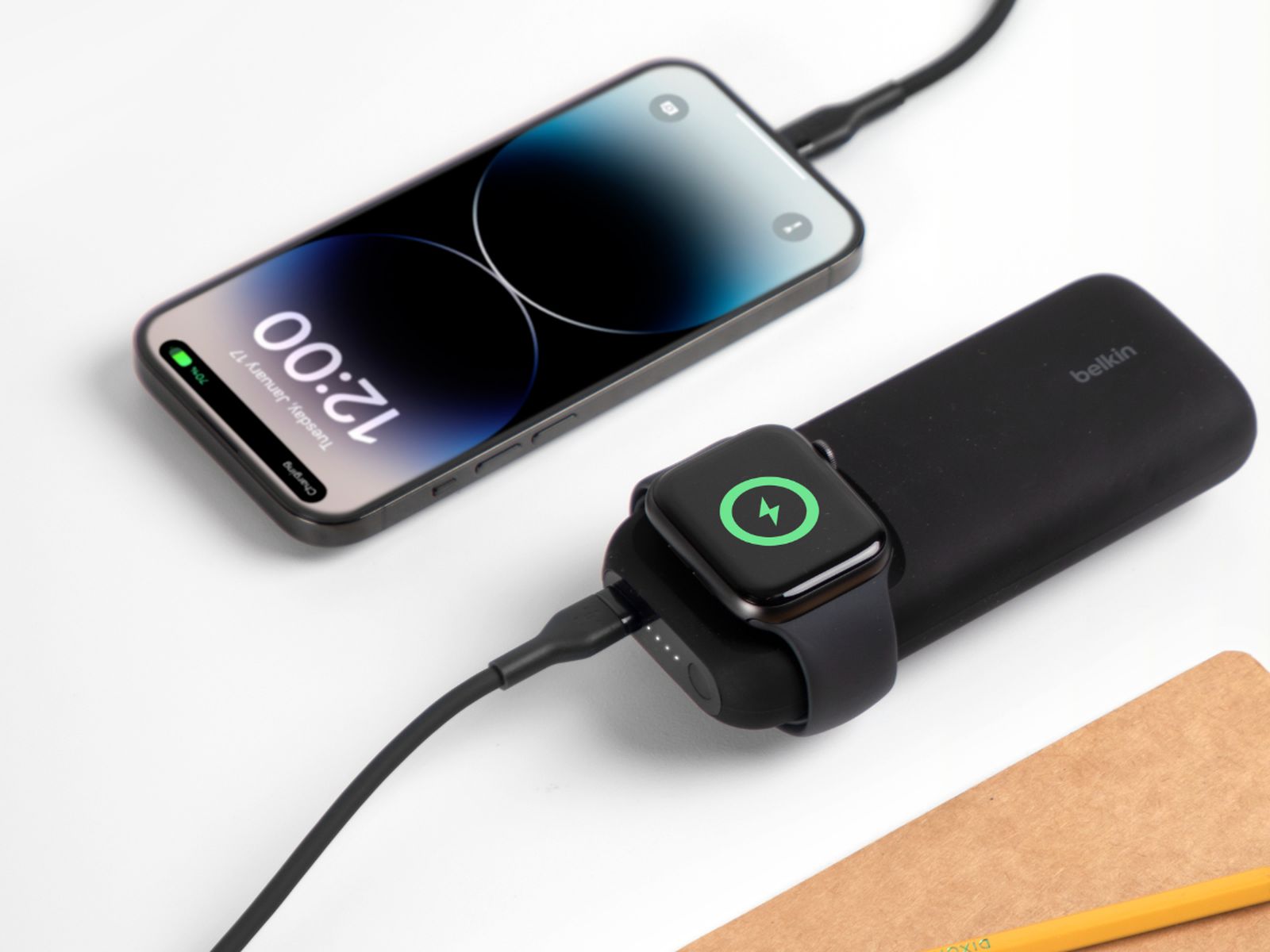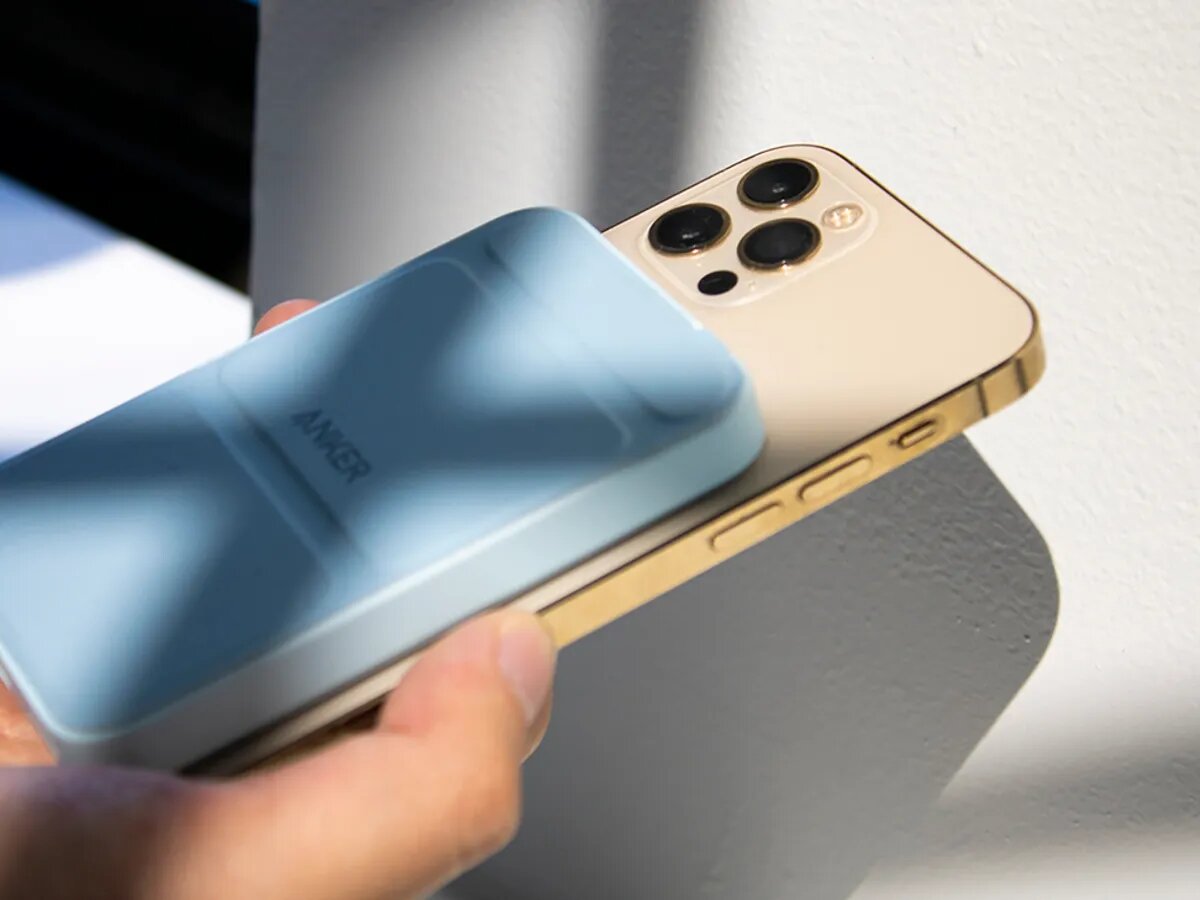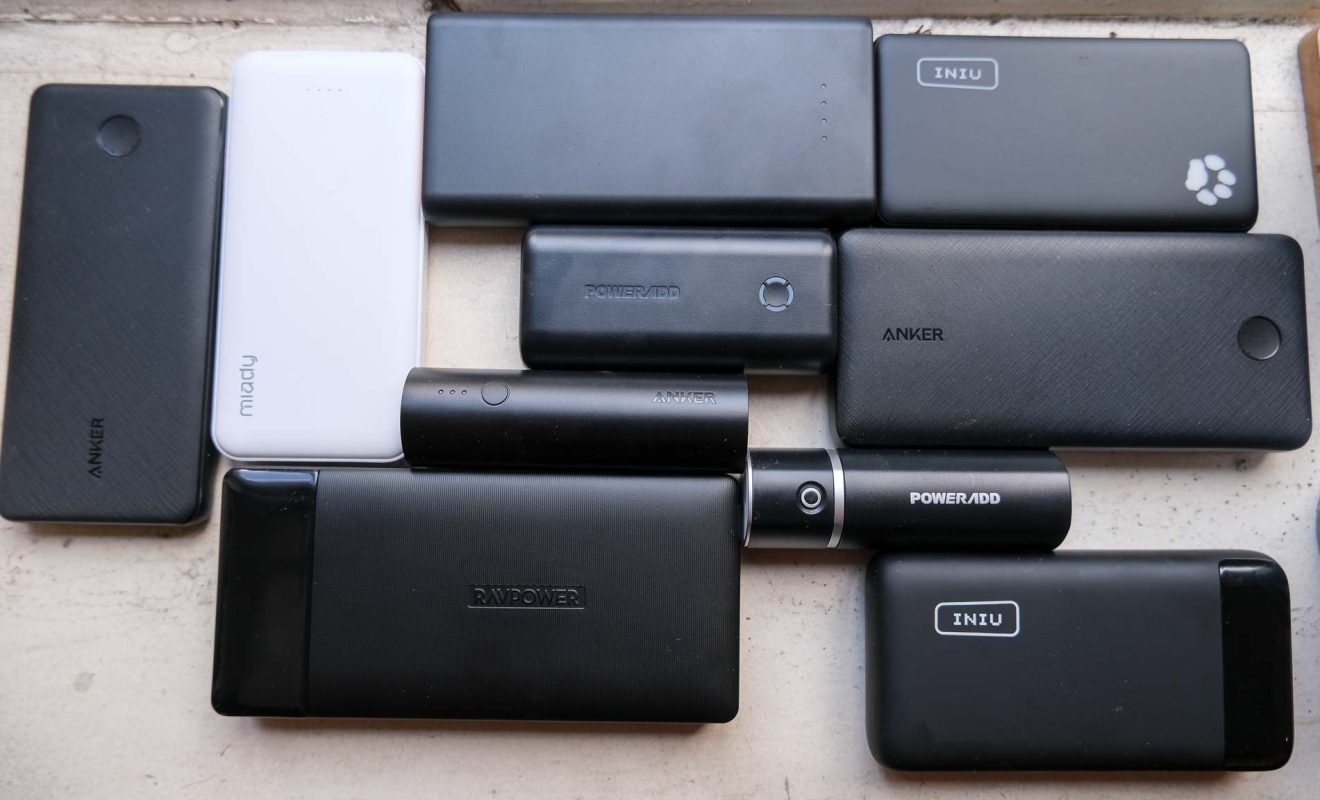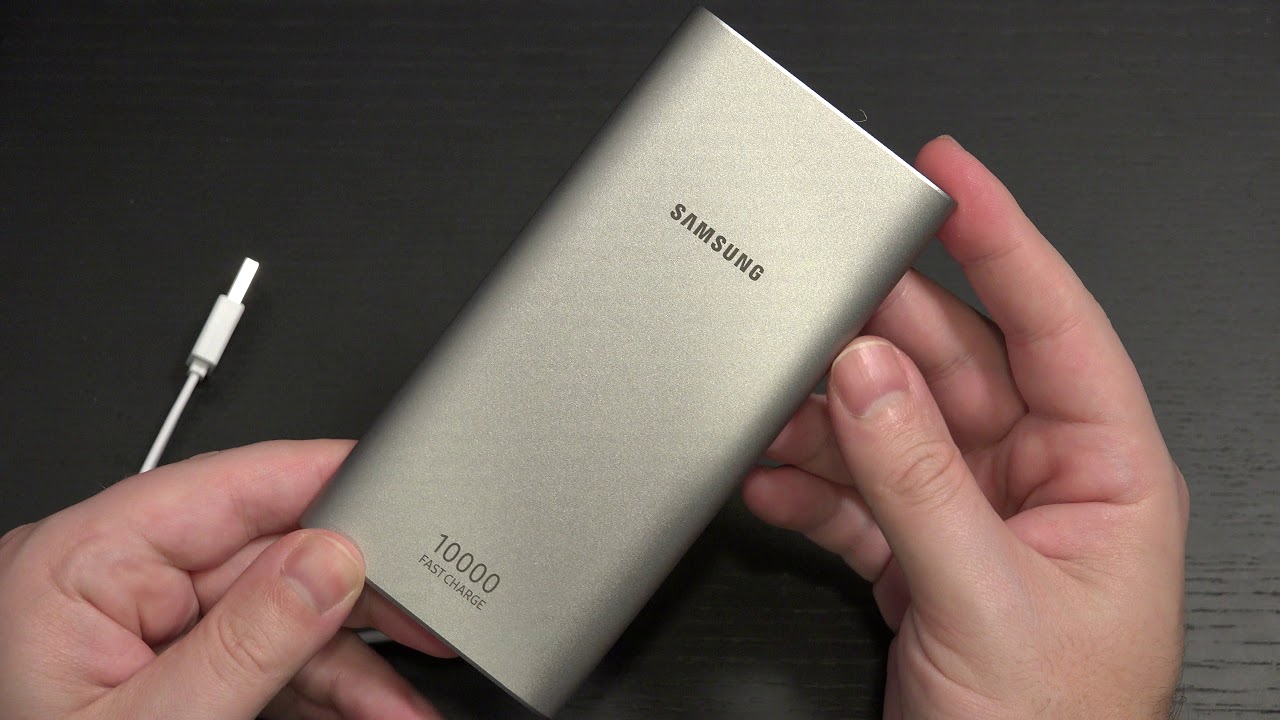Introduction
Welcome to our guide on understanding how many charges you can get from a 5000 mAh power bank. In today’s technology-driven world, where our smartphones, tablets, and other electronic devices have become an essential part of our daily lives, the need for portable power has never been greater. That’s where a power bank comes in handy.
Power banks, also known as portable chargers, are compact and portable devices that store electrical energy in rechargeable batteries. They act as a backup power source, allowing you to charge your devices on the go when access to a wall outlet is limited or unavailable. With their convenience and portability, power banks have become an indispensable accessory for many tech-savvy individuals.
However, when purchasing a power bank, one of the most important factors to consider is its capacity, which is measured in milliampere-hours (mAh). The capacity of a power bank determines how much electrical energy it can store and subsequently deliver to your devices.
In this guide, we will delve into the world of power banks and help you understand how many charges you can expect to get from a 5000 mAh power bank. By the end of this article, you will have a clearer picture of the factors that affect battery efficiency and how to calculate the number of charges you can get from your power bank.
Understanding mAh
Before we dive into calculating the number of charges you can get from a 5000 mAh power bank, let’s first understand what mAh actually means. mAh stands for milliampere-hour, which is a unit of measurement used to quantify the capacity of a battery or power bank.
Simply put, mAh indicates how many milliamperes (mA) of electrical current a battery can deliver over a period of one hour. The higher the mAh rating, the greater the capacity of the battery or power bank, and the longer it can provide power to your devices.
It’s important to note that the mAh rating of a power bank is not the sole factor in determining its charging capacity. Other factors, such as the efficiency of the power bank, the charging cable used, and the device being charged, also play a role in determining the actual charging output and the number of charges you can get.
When considering the mAh rating of a power bank, it’s essential to keep in mind that there will be some loss of energy during the charging process. This loss can occur due to heat dissipation, voltage conversion, and other inefficiencies. Therefore, the actual usable capacity of a power bank may be slightly lower than its stated mAh rating.
It’s worth mentioning that devices with larger batteries, such as tablets or laptops, typically require higher-capacity power banks to fully charge them. On the other hand, smartphones and smaller electronic devices with lower battery capacities can be effectively charged with lower-capacity power banks.
Now that we have a basic understanding of mAh and its significance, let’s explore how power banks work and how they can provide a convenient and portable charging solution for our devices.
How a Power Bank Works
Power banks are designed to store electrical energy in built-in rechargeable batteries and provide it to your devices when needed. They consist of several key components that work together to ensure efficient and reliable charging:
- Battery Cells: The heart of a power bank is its battery cells, which store electrical energy. These cells are typically made of lithium-ion or lithium-polymer, as they offer high energy density and are lightweight.
- Charging Circuitry: Power banks have built-in charging circuitry that regulates the flow of electrical current. This circuitry protects your devices from overcharging, overheating, and short circuits.
- Input and Output Ports: Power banks feature input ports for recharging the internal battery and output ports for charging external devices. The most common input port is a micro-USB or USB-C, while the output ports may include USB-A, USB-C, or even wireless charging capabilities.
- Power Indicators: Many power banks come equipped with LED indicators that display the remaining battery level or charging status. This allows you to easily monitor the power bank’s capacity and plan your charging accordingly.
When you connect a power bank to your device, whether it’s a smartphone, tablet, or any other compatible gadget, the power bank transfers the stored energy from its battery cells to the device’s battery. This charging process is typically done through a USB cable or wireless connection, depending on the power bank’s capabilities.
It’s important to note that power banks have different charging speeds and power output capabilities. Some power banks support fast charging, which can deliver a higher electrical current to compatible devices, allowing for quicker charging times. However, not all devices are capable of fast charging, so it’s essential to check the compatibility and supported charging standards of both the power bank and your device.
Now that we understand how power banks work, let’s explore the factors that can affect the battery efficiency and the number of charges you can expect from a 5000 mAh power bank.
Factors Affecting Battery Efficiency
When it comes to the efficiency of a power bank and the number of charges it can provide, several factors come into play. Understanding these factors will help you better manage your power bank’s usage and maximize its battery efficiency:
- Battery Capacity: The mAh rating of a power bank directly affects its charging capacity. A higher mAh rating means a larger capacity and more charges for your devices.
- Battery Efficiency: Not all power banks have the same level of efficiency. Some power banks may have higher energy conversion rates, which means they can deliver a larger percentage of their stored energy to your devices. Look for power banks with high efficiency ratings to get more charges out of your 5000 mAh power bank.
- Device Battery Capacity: The capacity of the device’s battery being charged also affects the number of charges you can get from a power bank. Devices with larger battery capacities will require more energy from the power bank and may result in fewer overall charges.
- Charging Cable Quality: The quality of the charging cable used can impact the charging efficiency. A poor-quality cable may result in energy loss, slower charging speeds, or even charging interruptions.
- Device Usage During Charging: While using your device during charging is possible, it can significantly affect the power bank’s efficiency. The energy provided by the power bank may be insufficient to fully charge the device if it is being used simultaneously.
- Environmental Factors: The temperature and environmental conditions in which you use your power bank can also affect its efficiency. Extreme temperatures, both hot and cold, can impact the battery performance and reduce the number of charges.
It’s worth noting that these factors can vary from one power bank to another. Therefore, it’s essential to consider these aspects when selecting a power bank and managing its usage to ensure optimal performance and maximize the number of charges you can get.
Now that we understand the factors that affect battery efficiency, let’s move on to the calculations to determine the number of charges you can expect from a 5000 mAh power bank.
Calculating the Number of Charges
To determine the number of charges you can expect from a 5000 mAh power bank, you need to take into account the capacity of the power bank and the capacity of the device’s battery that you plan to charge. Here’s a general formula to calculate the number of charges:
Number of Charges = (Power Bank Capacity in mAh * Efficiency Percentage) / Device Battery Capacity
Let’s break down the formula:
- Power Bank Capacity: This refers to the mAh rating of your power bank, which in this case is 5000 mAh.
- Efficiency Percentage: As mentioned earlier, not all power banks have the same level of efficiency. Efficiency is often expressed as a percentage and represents the energy conversion rate. For example, if your power bank has an efficiency rating of 80%, you would use 0.80 as the efficiency percentage in the formula.
- Device Battery Capacity: This refers to the mAh rating of the battery in the device you want to charge. You can usually find this information in the device’s specifications or settings.
By plugging in the respective values into the formula, you can determine the estimated number of charges your 5000 mAh power bank can provide for your specific device.
Remember that this formula provides an estimate, and actual results may vary depending on other factors affecting battery efficiency, as discussed earlier.
Now, let’s work through an example calculation to illustrate how this formula can be applied.
Example Calculation
Let’s assume you have a 5000 mAh power bank with an efficiency rating of 85%. You want to calculate the number of charges it can provide for your smartphone, which has a battery capacity of 3000 mAh.
Using the formula mentioned earlier:
Number of Charges = (Power Bank Capacity in mAh * Efficiency Percentage) / Device Battery Capacity
Plugging in the values:
Number of Charges = (5000 mAh * 0.85) / 3000 mAh
Simplifying the equation:
Number of Charges = (4250 mAh) / 3000 mAh
Number of Charges ≈ 1.42
Based on this calculation, you can expect to get approximately 1.42 charges from your 5000 mAh power bank for your smartphone with a 3000 mAh battery.
Keep in mind that this calculation is an estimate and may vary depending on the efficiency of your power bank and other factors affecting battery performance.
Now that we’ve gone through the calculations, let’s wrap up our guide on understanding how many charges you can get from a 5000 mAh power bank.
Conclusion
Power banks have revolutionized the way we stay connected and powered up on the go. Understanding how many charges you can get from a 5000 mAh power bank is essential for managing your portable charging needs effectively.
In this guide, we explored the basics of mAh and how it relates to the capacity of a power bank. We also discussed how power banks work and the factors that can affect battery efficiency, such as battery capacity, efficiency rating, device battery capacity, charging cable quality, device usage during charging, and environmental factors.
Furthermore, we learned how to calculate the number of charges you can expect from a 5000 mAh power bank using a simple formula. By considering the power bank’s capacity, efficiency percentage, and the device’s battery capacity, you can estimate the number of charges you can get for your specific device.
It’s important to note that the calculated number of charges is an estimate, as various factors can affect the actual performance and efficiency of the power bank. Therefore, it’s always recommended to consider the mentioned factors and manage your power bank usage accordingly.
Now armed with the knowledge and understanding of power banks and their capabilities, you can make informed decisions when choosing and utilizing a 5000 mAh power bank to ensure you stay powered up, connected, and ready for your daily adventures.







